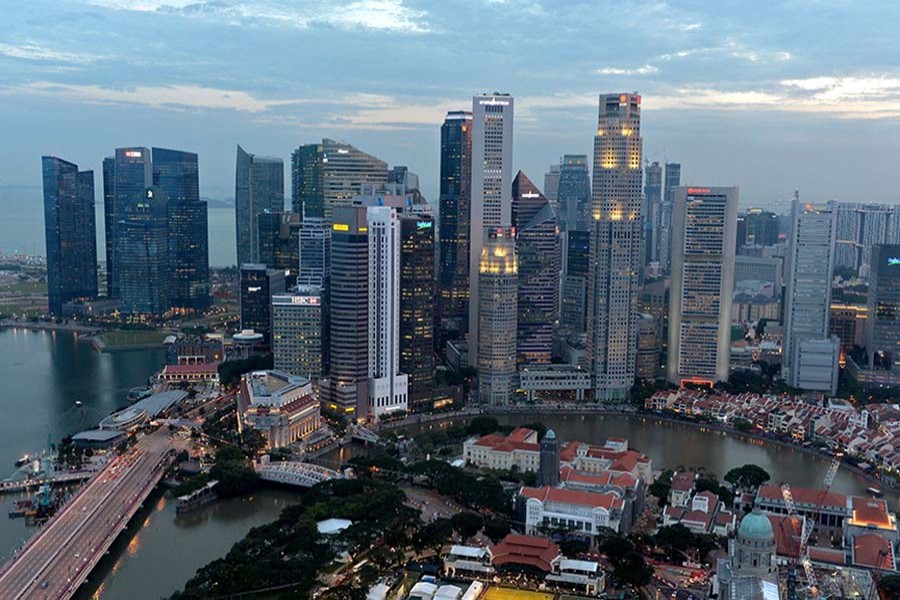The economic growth of Singapore eased in the second quarter (Q2), preliminary data showed on Friday, as manufacturing activity cooled amid the ongoing US-China trade raw.
Gross domestic product grew 1.0 per cent in the Q2 from the previous quarter on an annualised and seasonally adjusted basis, the Ministry of Trade and Industry said on Friday.
The Q2 growth is slower than the median forecast of 1.2 per cent in a Reuters poll of economists and the downwardly revised 1.5 per cent growth in the first quarter.
“Overall, the sense is that momentum is going to continue to slow, some of it from the high base last year, some of it because electronics seems to be tapering off a little bit,” said Selena Ling, OCBC Bank’s head of treasury research and strategy.
The economy expanded 3.8 per cent in April-June from a year earlier, versus the median forecast of a 4.0 per cent expansion in the poll, and decelerating from the downwardly revised 4.3 per cent growth posted for January-March.
Manufacturing and exports of electronics were one of Singapore’s main drivers of growth last year.
However, a decline in electronics shipments for six consecutive months has raised questions about overall demand in the sector.
Still, OCBC’s Ling said the drivers of manufacturing had broadened slightly, thanks to contribution from the biomedical sector, which was positive.
Earlier this month, the Monetary Authority of Singapore warned risks to the global growth outlook have increased significantly thanks to the intensifying trade row and the rising prospect of a rapid acceleration in inflation.
Singapore is seen as a bellwether for global growth because international trade dwarfs its domestic economy, equating to about 200 per cent of its GDP.
In May, the MTI had forecast full-year economic growth of 2.5 to 3.5 per cent. GDP grew 3.6 per cent rise in 2017, the fastest pace in three years.
“Going forward, downside risks to the economy will involve supply chain risks from US-China trade tariffs,” said Jeff Ng, chief economist, Asia, at Continuum Economics.
“Meanwhile, property cooling measures may also limit the upside to Singapore’s near-term domestic growth,” he added.
The city-state last week toughened curbs on the housing market, in a surprise move.
In April, the central bank tightened monetary policy for the first time in six years. Analysts are split over whether the move is the start of a longer-term tightening cycle.


